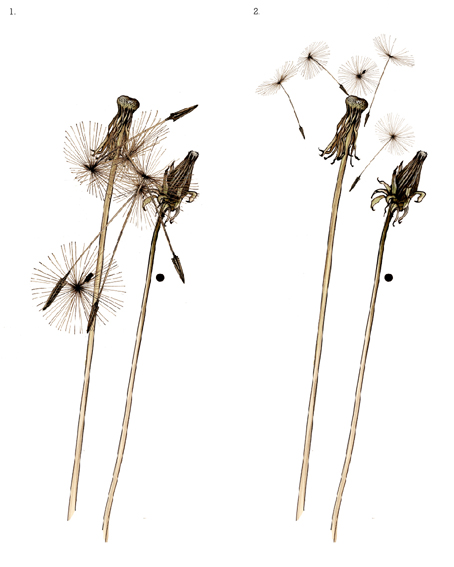The ultra dark shades in Farrow and Ball paints that look stunning with the cork are
Tanners Brown, Pelt, Mahogany, and Railings in their range of estate emulsions. Having painted them as squares on the wall and experimented with different combination of the tiles and colours I will be exhibiting, I'm opting for the Railings (very dark blue grey) for my stand as it will show off the lines I'm allowing to be exposed between the cork panels to dramatic effect.
Putting them together as I have above - seems a really great idea for a strong graphic statement on a wall. The colours in the centre of the tiles optically challenge you, either by drawing the squares in or pushing them out. Sometimes the most stylish solutions happen by chance experimentation, usually this is outside the computer. It highlights the importance to creativity of balancing working on and off screen.
See the large panels I am showing at 100%Design 24/27 Sept. Stand no D41...























